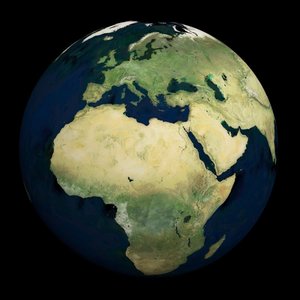5 February
2004: On 5 February 2004, ESA announced that the Rosetta mission's lander would be named “Philae”.
Philae is the island in the river Nile on which an obelisk was found that had a bilingual inscription including the names of Cleopatra and Ptolemy in Egyptian hieroglyphs. This provided the French historian Jean-François Champollion with the final clues that enabled him to decipher the hieroglyphs of the Rosetta Stone and unlock the secrets of the civilisation of ancient Egypt.
Just as the Philae Obelisk and the Rosetta Stone provided the keys to an ancient civilisation, the Philae lander and the Rosetta orbiter aim to unlock the mysteries of the oldest building blocks of our Solar System - comets.
Rosetta's study of Comet Churyumov-Gerasimenko will allow scientists to look back 4600 million years to an epoch when no planets existed and only a vast swarm of asteroids and comets surrounded the Sun. On arrival at the comet in 2014, Philae will be commanded to self-eject from the orbiter and unfold its three legs, ready for a gentle touchdown. Immediately after touchdown, a harpoon will be fired to anchor Philae to the ground and prevent it escaping from the comet's extremely weak gravity. The legs can rotate, lift or tilt to return Philae to an upright position.
Philae will determine the physical properties of the comet's surface and subsurface and their chemical, mineralogical and isotopic composition. This will complement the orbiter's studies of the overall characterisation of the comet's dynamic properties and surface morphology. Philae may provide the final clues enabling the Rosetta mission to unlock the secrets of how life began on Earth.















 Germany
Germany
 Austria
Austria
 Belgium
Belgium
 Denmark
Denmark
 Spain
Spain
 Estonia
Estonia
 Finland
Finland
 France
France
 Greece
Greece
 Hungary
Hungary
 Ireland
Ireland
 Italy
Italy
 Luxembourg
Luxembourg
 Norway
Norway
 The Netherlands
The Netherlands
 Poland
Poland
 Portugal
Portugal
 Czechia
Czechia
 Romania
Romania
 United Kingdom
United Kingdom
 Slovenia
Slovenia
 Sweden
Sweden
 Switzerland
Switzerland

































